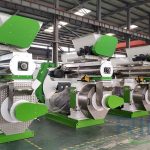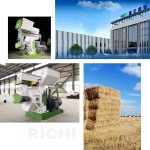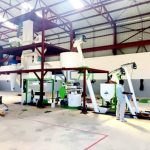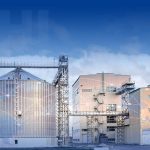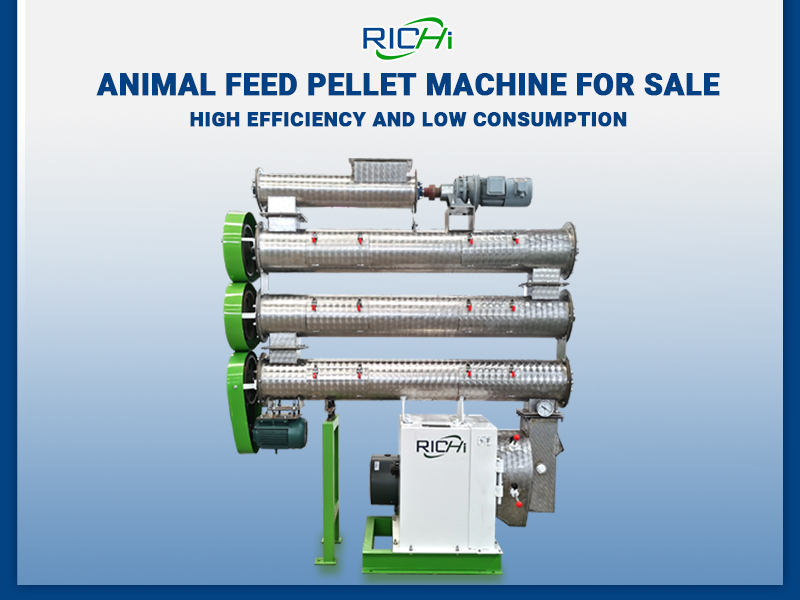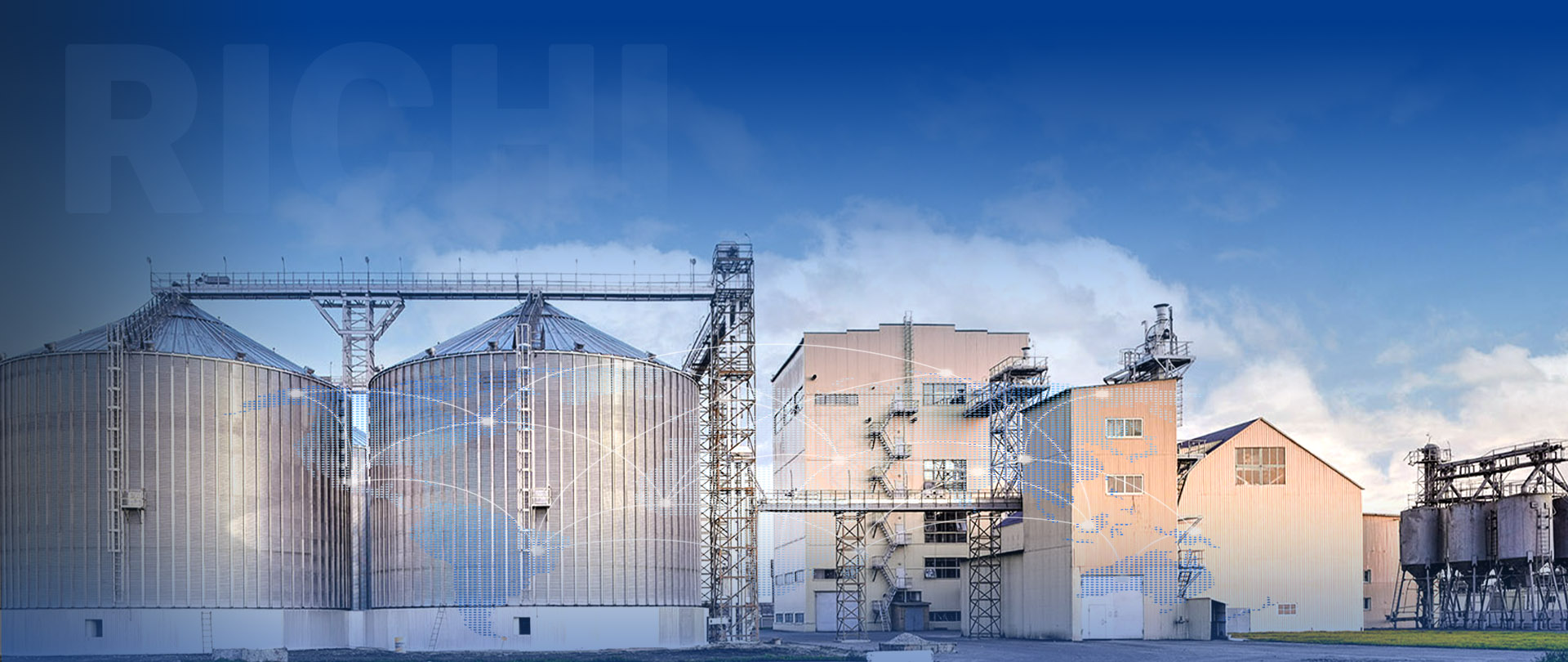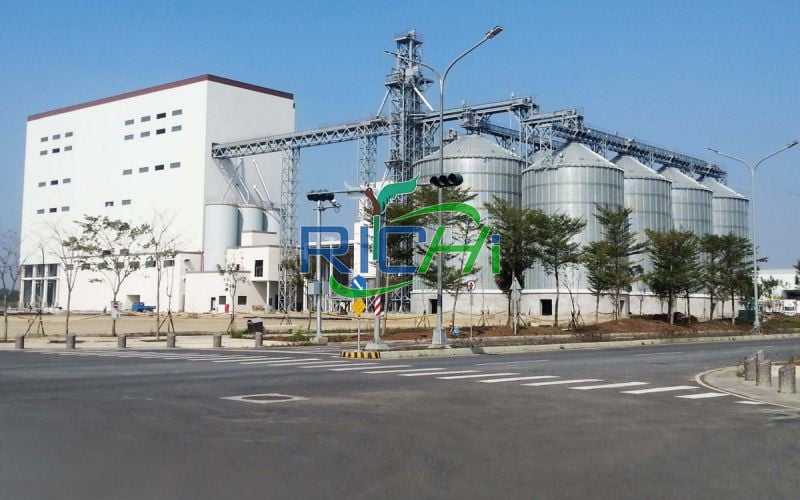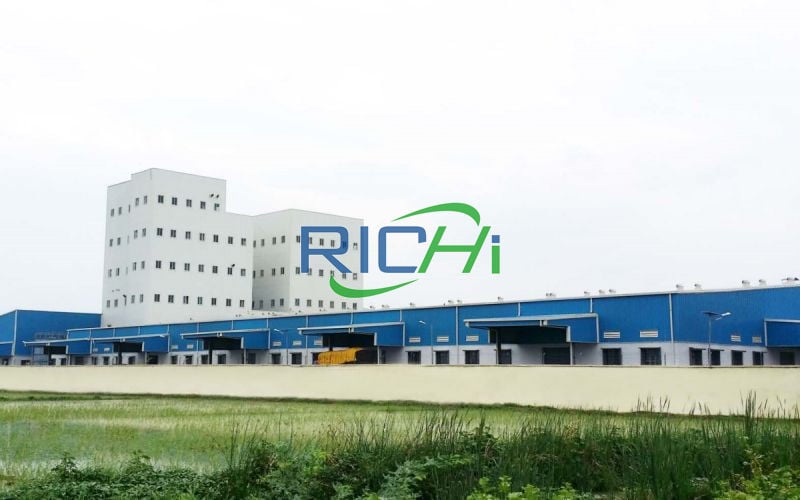Feed pellet machines are essential equipment in the agriculture industry, designed to process raw materials into high-quality feed pellets for livestock and poultry. These machines play a crucial role in ensuring animals receive a balanced and nutritious diet, improving their growth, health, and overall productivity. In this article, we will explore the various aspects of the feed pellet machine, from their definition and benefits to operation, maintenance, and troubleshooting. We will also discuss the different types of machines available and factors to consider when choosing one. So, let’s delve into the world of feed pellet machines and discover how they are revolutionizing the way animal feed is produced.
What is a Feed Pellet Machine?
A feed pellet machine, also known as a pellet mill or pelletizer, is a machine used to transform raw materials into compressed feed pellets. These machines utilize pressure and heat to compress and mold the raw materials, which may include grains, oilseeds, grasses, or even waste products, into uniform pellets of specific sizes and shapes. The resulting feed pellets are highly digestible and have a longer shelf life compared to traditional feed forms, such as loose mixtures or mash.
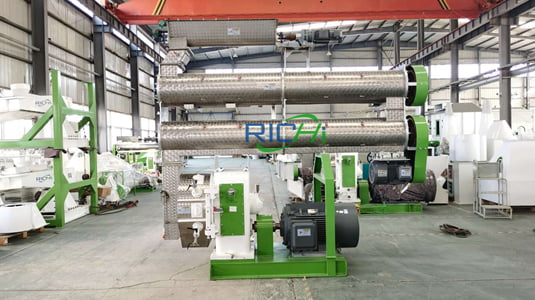
Feed pellet machines are widely used in the livestock and poultry industry due to their ability to produce high-quality feed pellets that meet the nutritional requirements of animals. The process of pelletizing also helps to improve feed conversion efficiency, reduce feed wastage, and minimize the risk of disease transmission. With the increasing demand for cost-effective and sustainable animal feed, feed pellet machines have become indispensable for modern animal farming practices.
Benefits of Using a Feed Pellet Machine
Using a feed pellet machine offers numerous benefits for livestock and poultry farmers. Firstly, feed pellets produced by these machines have enhanced nutritional value and are more easily digestible by animals. This leads to improved growth rates, feed efficiency, and overall animal health. The pelletization process also destroys harmful microorganisms and parasites present in raw materials, reducing the risk of disease transmission.
Additionally, feed pellets have a higher energy density and reduced moisture content compared to loose feed mixtures. This results in reduced storage requirements and transportation costs. Moreover, the uniform size and shape of feed pellets allow for accurate feeding, preventing selective eating and ensuring animals receive a balanced diet.
Feed pellet machines also contribute to environmental sustainability by utilizing waste products as feed ingredients. By transforming agricultural residues or by-products into valuable feed pellets, these machines aid in waste management and reduce environmental pollution. Furthermore, the controlled compression and heat during pelletization can improve the digestibility of fibrous materials, thereby maximizing the utilization of feed ingredients.
Related post: https://richipelletizer.com/feed-pellet-machine-for-sale/
Types of Feed Pellet Machines Available
Feed pellet machines come in various types and sizes, each designed for different production capacities and raw material requirements. The two main types of feed pellet machines are flat die pellet machines and ring die pellet machines.
Flat die pellet machines are compact and economical, suitable for small-scale or home use. They operate by rotating a die and rollers, which compress the raw materials into pellets. Flat die machines are versatile and can process a wide range of materials, such as grains, oilseeds, and even some fibrous materials. However, they have lower production capacities compared to ring die machines.
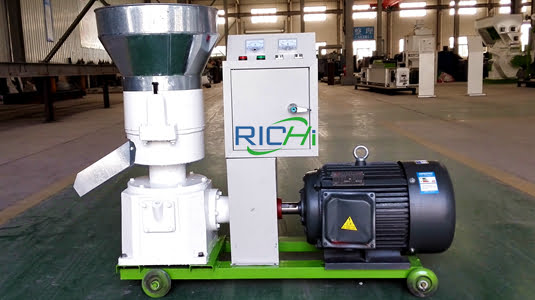
On the other hand, ring die pellet machines are more commonly used in commercial feed production. They employ a rotating die and stationary rollers to compress the materials into pellets. Ring die machines offer higher production capacities and better pellet quality due to their design. They are also more energy-efficient and have a longer lifespan than flat die machines. However, they are generally more expensive and require skilled operators for optimal performance.

Factors to Consider When Choosing a Feed Pellet Machine
Selecting the right feed pellet machine is crucial for achieving optimal results and maximizing productivity. Several factors should be considered when choosing a machine:
- Production Capacity: Determine the desired production capacity based on your farm’s needs and the number of animals you intend to feed.
- Raw Material Compatibility: Consider the types of feed ingredients you plan to use and ensure the machine is capable of processing them effectively.
- Pellet Quality: Evaluate the quality of pellets produced by the machine, including size, density, and durability.
- Power Source: Decide whether you prefer an electric, diesel, or gasoline-powered machine based on the availability of resources and the operating costs.
- Ease of Operation: Look for user-friendly features, such as automated controls and adjustable settings, to simplify operation and reduce manual labor.
- Maintenance and Service: Consider the availability of spare parts, technical support, and after-sales services to ensure the machine’s longevity and minimize downtime.
- Cost: Compare the prices of different machines, taking into account the long-term benefits and return on investment.
By carefully considering these factors, you can make an informed decision and choose a feed pellet machine that best suits your specific requirements.
How to Properly Operate a Feed Pellet Machine
To ensure optimal performance and prolong the lifespan of your feed pellet machine, proper operation is essential. Here are some steps to follow when operating a feed pellet machine:
- Prepare the Raw Materials: Collect the desired feed ingredients and remove any impurities or foreign objects.
- Adjust the Machine Settings: Set the appropriate compression ratio, die size, and roller gap according to the desired pellet specifications.
- Preheat the Machine: Allow the machine to warm up for a few minutes before starting the production process.
- Start the Machine: Turn on the machine and gradually feed the raw materials into the feed hopper. Ensure a steady and consistent feed rate to maintain pellet quality.
- Monitor the Production Process: Regularly check the pellet quality, machine temperature, and motor load during operation. Adjust the settings if necessary to optimize performance.
- Collect the Pellets: Collect the produced pellets in suitable containers, ensuring proper cooling and drying if required.
- Clean the Machine: Thoroughly clean the machine after each use to prevent build-up and contamination.
By following these steps and adhering to the manufacturer’s instructions, you can achieve efficient operation and produce high-quality feed pellets consistently.
Troubleshooting Common Issues with Feed Pellet Machines
Despite their reliability, feed pellet machines may encounter occasional issues during operation. Here are some common problems and their possible solutions:
- Low Pellet Production: Check the raw material moisture content, die condition, and roller settings. Adjust as necessary to ensure proper compression and pellet formation.
- Uneven Pellet Size: Verify that the die and rollers are properly aligned and in good condition. Adjust the roller gap and compression ratio to achieve uniform pellet size.
- Excessive Noise or Vibration: Inspect the machine for loose or damaged parts. Tighten or replace any faulty components, such as bearings or belts.
- Motor Overheating: Reduce the feed rate or adjust the compression settings to alleviate the motor load. Ensure proper lubrication and cooling of the machine.
- Die Blockage: Clean the die and remove any accumulated material or debris that may hinder the pellet flow.
If these troubleshooting steps do not resolve the issue, consult the manufacturer or a qualified technician for further assistance.
Maintenance Tips for Your Feed Pellet Machine
Regular maintenance is crucial to ensure the longevity and optimal performance of your feed pellet machine. Here are some maintenance tips to follow:
- Lubrication: Regularly lubricate the machine components, such as bearings and rollers, according to the manufacturer’s recommendations.
- Die and Roller Inspection: Check the die and rollers for wear or damage. Replace them if necessary to maintain pellet quality.
- Belt and Gear Inspection: Inspect the belts and gears for signs of wear or misalignment. Adjust or replace them as needed to prevent breakdowns.
- Electrical System Check: Periodically inspect the electrical connections, switches, and wiring for any loose or damaged components.
- Cleaning: Thoroughly clean the machine after each use to remove residual feed and debris. Pay special attention to the die and pelletizing chamber.
- Storage: If the machine will not be used for an extended period, store it in a dry and clean environment to prevent rust and damage.
By following these maintenance tips and establishing a regular maintenance schedule, you can avoid costly repairs and ensure consistent performance from your feed pellet machine.
Safety Precautions When Using a Feed Pellet Machine
Safety is paramount when operating a pellet machine to prevent accidents and injuries. Here are some important safety precautions to consider:
- Read the Manual: Familiarize yourself with the machine’s operation and safety guidelines by thoroughly reading the manufacturer’s manual.
- Protective Gear: Wear proper personal protective equipment, such as gloves, safety glasses, and ear protection, to safeguard against potential hazards.
- Machine Guarding: Ensure that all moving parts, including belts, gears, and rollers, are adequately guarded to prevent accidental contact.
- Power Source Safety: Follow proper procedures when connecting the machine to a power source, and keep electrical components away from water or moisture.
- Emergency Stops: Locate and understand the emergency stop button’s functionality, enabling you to quickly halt the machine in case of an emergency.
- Proper Ventilation: Operate the feed pellet machine in a well-ventilated area to prevent the accumulation of dust or hazardous fumes.
- Maintenance Safety: Prior to maintenance or cleaning, disconnect the machine from the power source and allow it to cool down to avoid burns or electrical shock.
By adhering to these safety precautions and maintaining a cautious attitude towards machine operation, you can minimize the risk of accidents and ensure a safe working environment.


